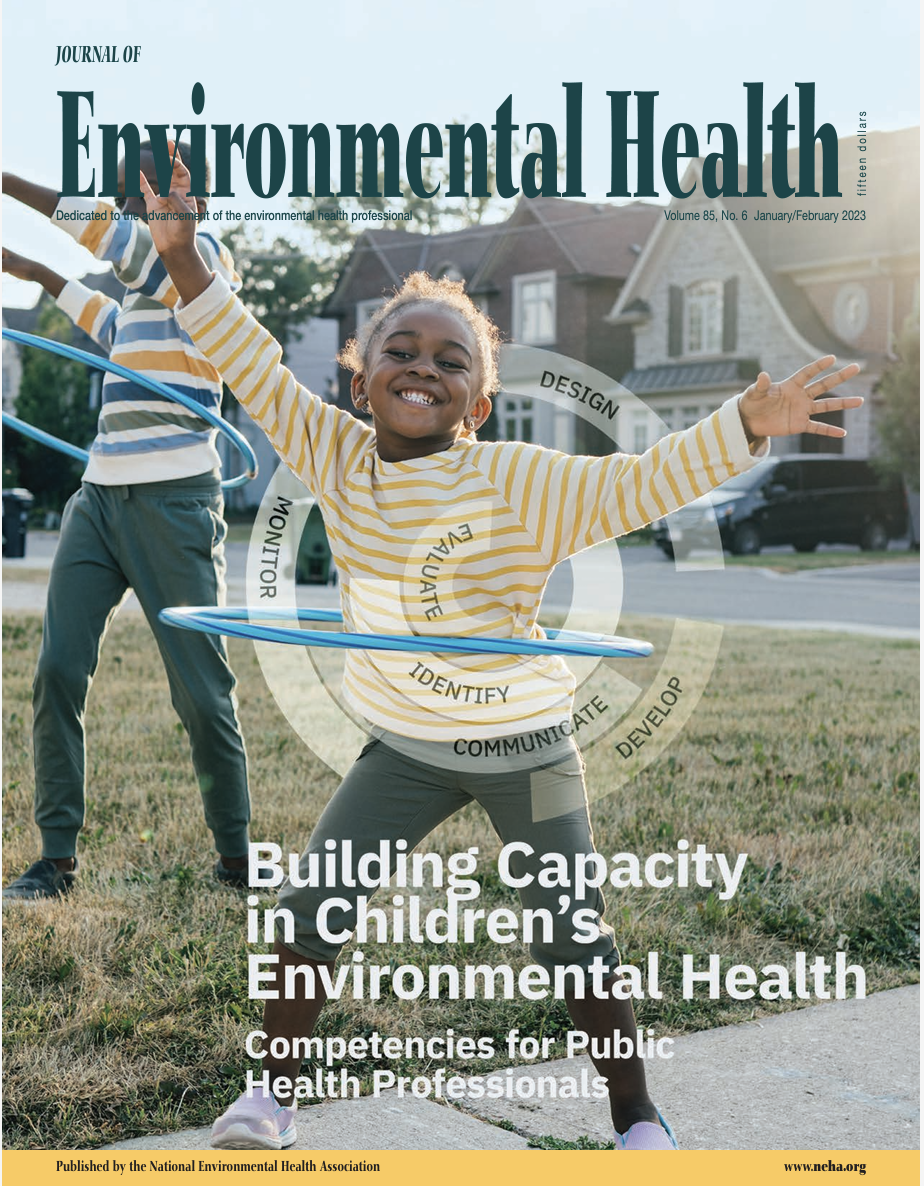This from the Environmental Working Group:
Americans are exposed daily to these chemicals found in consumer products
THURSDAY, JULY 21, 2016
"WASHINGTON –The nation’s new chemical safety law promises to give the EPA expanded authority to regulate hazardous chemicals in consumer products. But of the tens of thousands of chemicals on the market, most of which were never tested for safety, which should the EPA tackle first?
"Today the Environmental Working Group released a list of high-priority chemicals the EPA should act on quickly. It includes chemicals in products Americans use every day – detergents and household cleaners, clothes, mattresses, furniture, toys and even kids’ jewelry.
“After decades of stagnation, the EPA can now ban or restrict the use of toxic chemicals, and order companies to conduct safety testing when more information is needed,” said EWG Senior Scientist David Andrews. “It's important that the agency act promptly to eliminate or reduce Americans’ exposure to industrial compounds linked to cancer, birth defects, hormone disruption and other health problems.”
"For many chemicals on the list, action is long overdue. For example, many Americans believe asbestos – a carcinogen that claims 12,000 to 15,000 lives each year – was banned decades ago, as 55 other nations have done. But U.S. industry still imports, uses and sells asbestos and asbestos products, including automobile brake pads and clutches, vinyl tile, and roofing materials.
"With so many hazardous chemicals in use, any list of those posing the greatest risks would be subjective and incomplete. But the vast catalog of chemicals that have never been evaluated for safety make it urgent for the EPA to move quickly to tackle the backlog. The agency put 90 chemicals known to pose health risks on a list called the TSCA Work Plan.
“The Work Plan list represents opportunities for assessment and regulation where EPA action is overdue,” said EWG Senior Scientist Johanna Congleton. “In some cases, such as with some kinds of flame retardants, the initial EPA review was hindered by the lack of safety and exposure data. The EPA must now use its expanded authority to fill in these critical information gaps.”
"EWG scientists scrutinized the chemicals on the Work Plan, analyzed studies by U.S. and international researchers and consulted fellow experts in environmental health. They considered each chemical’s health risks, how widely Americans are exposed to it and the likelihood of EPA action under the new law.
"Here are the 10 chemicals EWG urges the EPA to thoroughly review and regulate as soon as possible:
- Asbestos. The cancer-causing substance is still found in automobile brake pads and clutches, vinyl tiles, and roofing materials. While some uses have been banned since 1989, no new risk assessment is scheduled.
- PERC. This probable carcinogen appears in dry-cleaning fluid, spot removers and water repellents.
- Phthalates. These chemicals are linked to early puberty in girls and other reproductive harms. They show up in PVC plastic, toys and plastic wrap.
- BPA. This carcinogen is linked to infertility, developmental risks and diabetes. BPA is used in food cans and other food containers, as well as cash register receipts.
- Chlorinated phosphate fire retardants. These chemicals turn up in upholstered furniture, foam cushions, baby car seats and insulation. They are linked to possible nerve and brain damage.
- TBBPA and related chemicals. This potential carcinogen and endocrine disruptor is seen in electronics, auto parts and appliances.
- Brominated phthalate fire retardants. These chemicals are linked to developmental toxicity, and appear in polyurethane foam for furniture and baby products.
- 1-Bromopropane. This probable carcinogen is used in aerosol cleaners and adhesives, and is linked to reproductive harm.
- DEHA. This probable carcinogen is found in plastic wrap and PVC plastic. It is also linked to developmental toxicity.
- P-dichlorobenzene. This probable carcinogen is detected in moth balls and deodorant blocks. It is linked to liver and nerve damage.
Read more at http://www.ewg.org/release/ewg-lists-top-ten-toxic-chemicals-epa-should-review-now#.V5DPiSCRXhU.twitter













